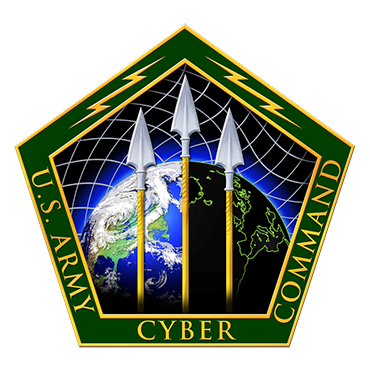Article QRZ

Titled Electronic Warfare in the Suwalki Gap – Facing the Russian “Accompli Attack”. The authors include Col. Steve Hamilton, @KJ5HY, Maj. Matthew Sherburne, @KF4WZB, and Jan Kalberg, an IEEE member and former commander in the armed forces of Sweden. “The vast majority of the world’s modern armies’ ability to employ high-frequency HF radio systems has atrophied significantly since the Cold War as NATO, and numerous other countries transitioned to counterinsurgency operations.” … “In a combat environment where communication systems will be intermittent, we have sought alternative solutions to ensure that the JTAC communication goes through even if SATCOM and VHT/UHF fails, where theater-wide HF NVIS was presented as an alternative route. If HF NVIS fails, the Military Auxiliary Radio System (MARS) could fill a new modern role where JTAC and other tactical information using other than NVIS frequencies propagates out of theater and is received by MARS, which relays the information to the appropriate receiver. The approach is nontraditional, but numerous MARS-enrolled radio amateurs comprise a highly knowledgeable asset in HF communication” These ideas are futher promoted in another paper by the same authors titled, Resiliency by Retrograded Communication – The Revival of Shortwave as a Military Communication Channel. This goes into more historical and evolutionary detail regarding military communication technology and puts forth the proposition that the militaries of the USA and allies, which in past conflicts effectively used narrow-band radiotelegraphy, today suffer from “The Bandwidth Addiction”. “The notion that current operations need megabits per second in available bandwidth is a sign that today’s armies, coast guard, homeland security, and emergency management have grown accustomed to having access to high bandwidth and adjusted the processes to require these digital streams.” It concludes, “In the last three decades, the great powers have become increasingly dependent on satellite communication (SATCOM), very high frequency (VHF), and ultra-high frequency (UHF), providing high bandwidth line of sight (LOS) communications. These military communication channels lack resilience because an EW campaign can affect both VHF and SATCOM simultaneously. The 1940s preferred spectrum, HF, with its different propagation pattern, offers an opportunity for military communication resiliency in the 21st century.” A third unofficial publication describes the radio amateurs role in MARS as an important testing and training element for the active military – Tactical Employment Considerations of HF Radios in the Cavalry Squadron. The authors include two Brigadier Generals, a Lt. Col, and Major Matthew Sherburne, aka @KF4WZB The essay published in The Cyber Defense Review scholarly journal underlines MARS usefulness in training and verification of proficiency and readiness through OTA exercises, including annual Field Day-like RADIO CONTESTS called QRPX. 😎 It also encourages interested soldiers to earn an FCC Amateur Radio license.


